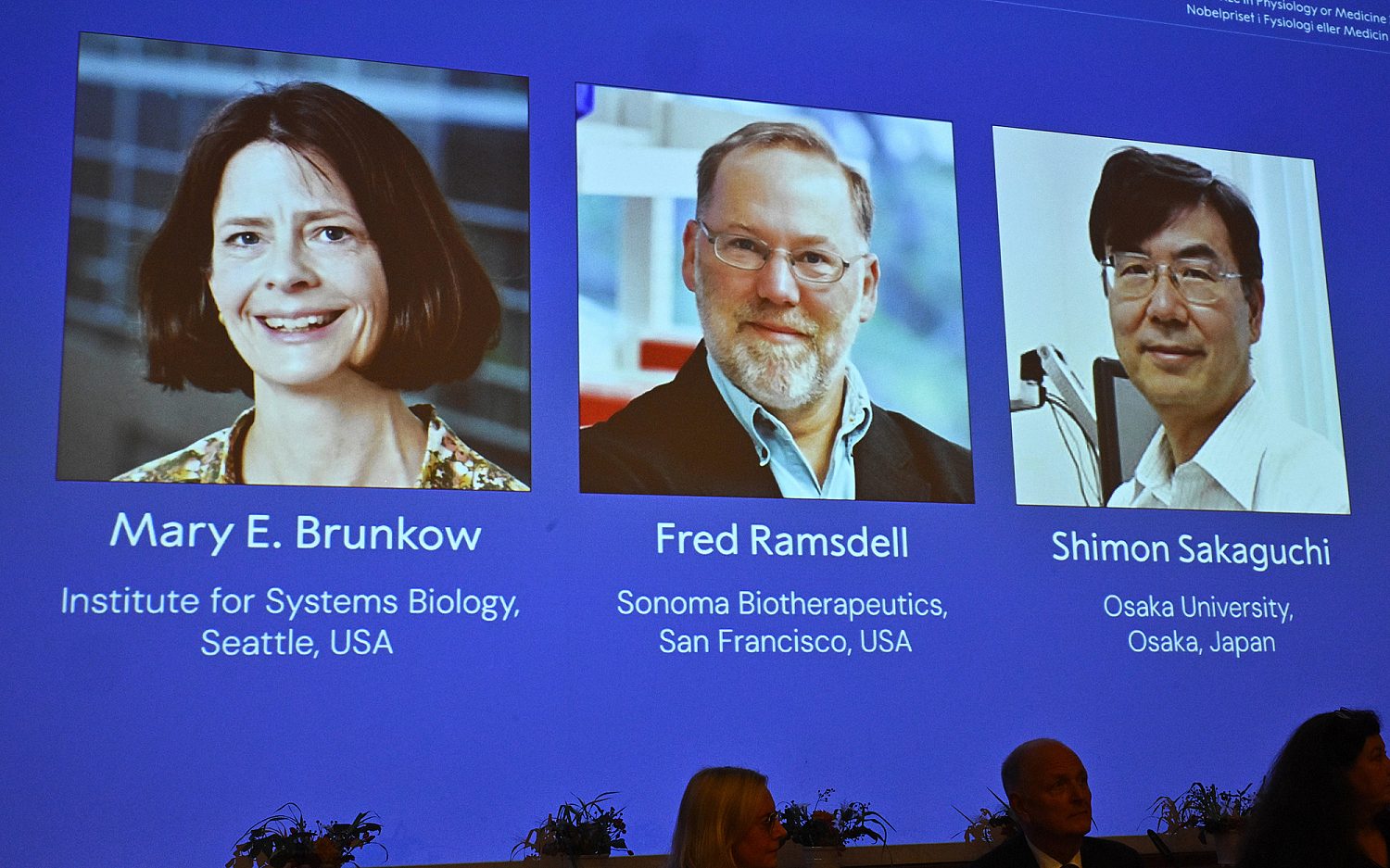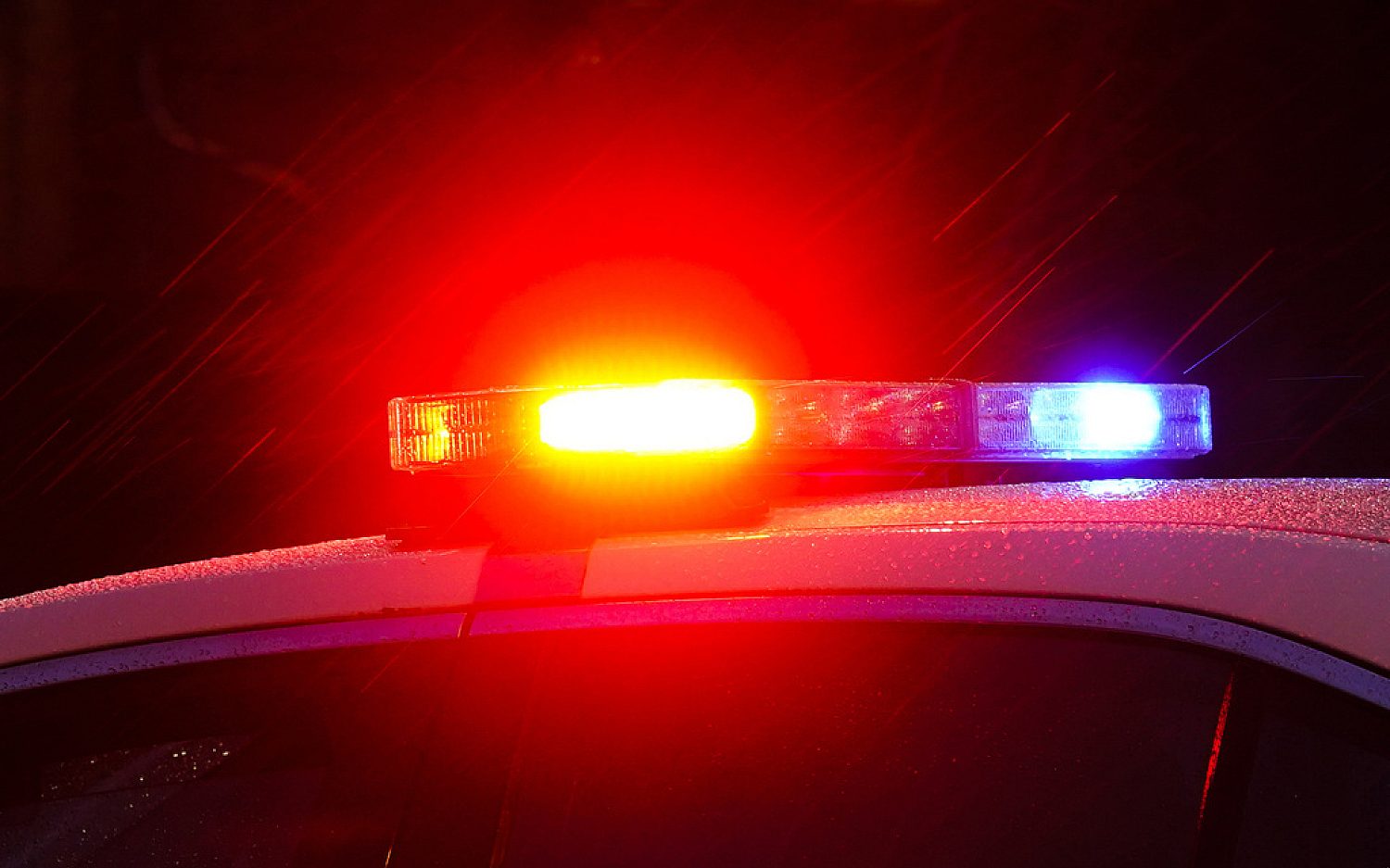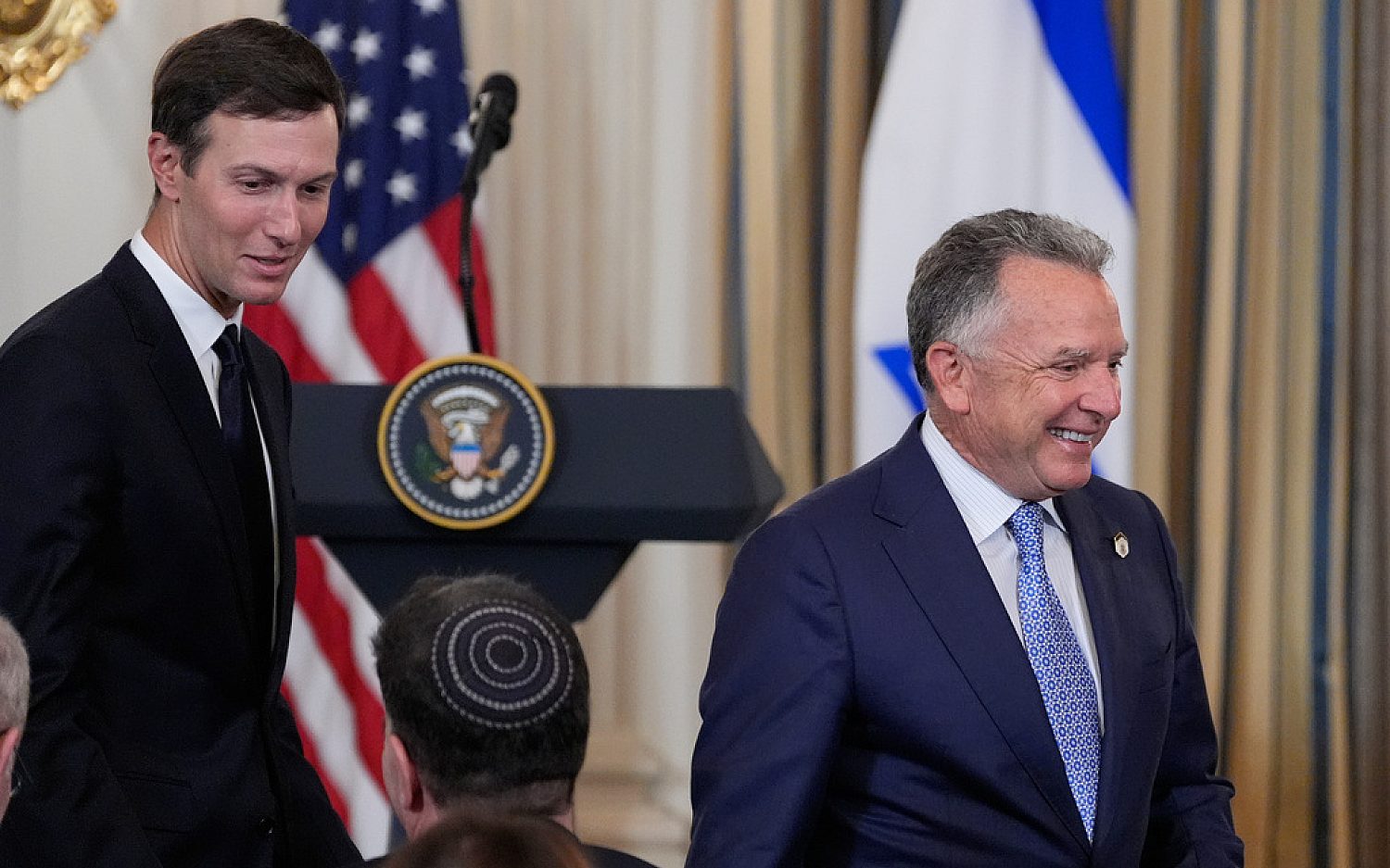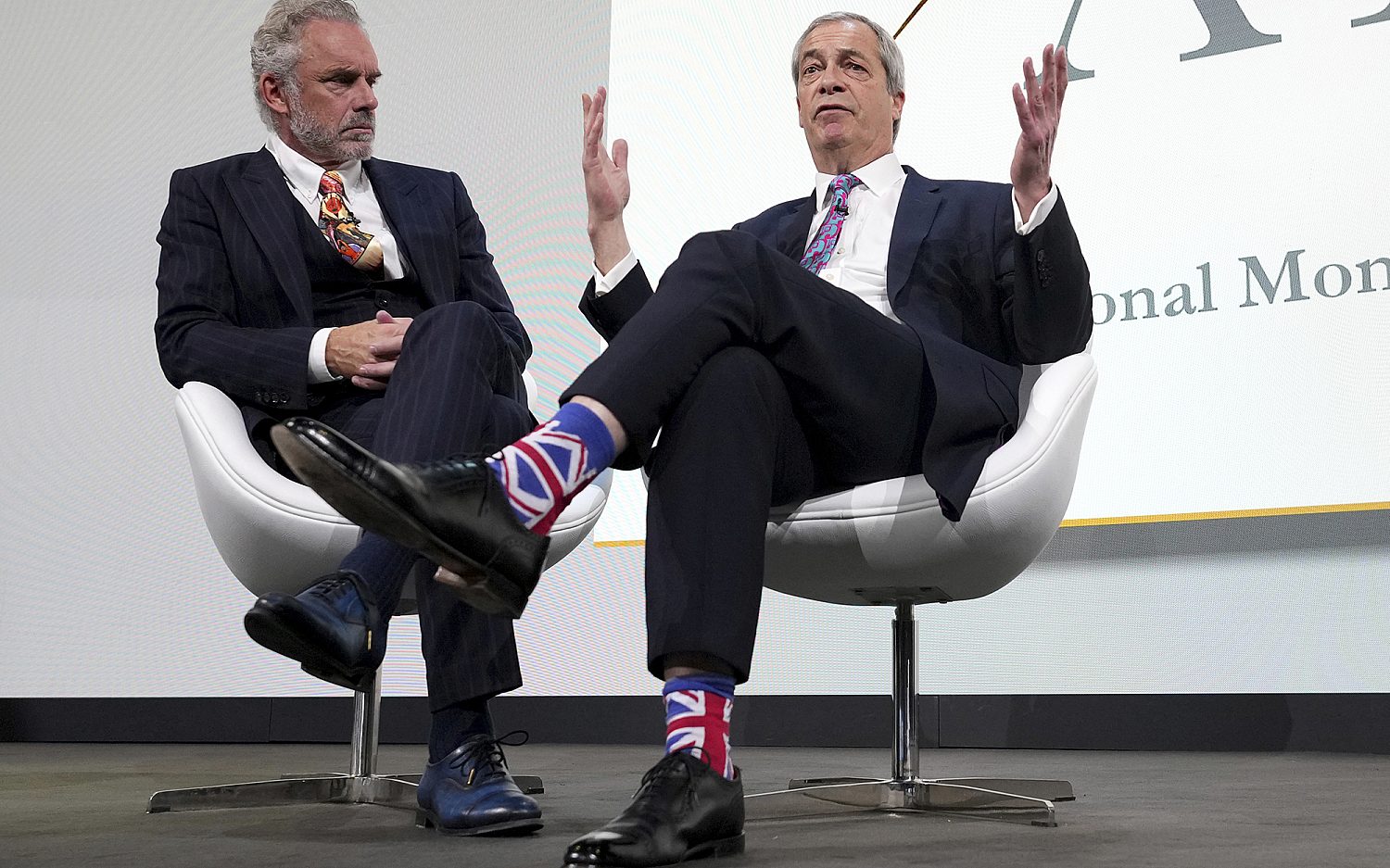House begins probe of Trump shooting in Pennsylvania
The bipartisan Task Force on the Attempted Assassination of Donald J. Trump held its first hearing on Thursday morning, taking testimony from five witnesses.
The representatives drilled down into the security shortcomings in the leadup to the attack carried out by Thomas Matthew Crooks on July 13 near Butler, Pa. Crooks fired several shots at Trump, grazing the former president’s ear. He also shot into the crowd, critically injuring two and killing one other attendee at the campaign event before countersnipers returned fire, fatally wounding him.
The panel of witnesses included:
Sgt. Edward Lenz of the Adams Township Police Department and commander of the Butler County Emergency Services
Drew Blasko, patrolman for Butler Township Police Department
Lt. John D. Herold of the Pennsylvania State Police
Ariel Goldschmidt, Allegheny County medical examiner who performed Crooks’ autopsy
Patrick Sullivan, a retired Secret Service member and subject matter expert on the agency’s procedures
What did the witnesses say? All stressed the importance of coordination between Secret Service and other branches of law enforcement. They described how that coordination fell short of protecting former President Trump on July 13 and in its aftermath.
Sullivan, the former secret service agent, suggested Congress expand the statutory authority of the agency over follow-up investigations. In his view, such a change could streamline and expedite any future review of security lapses. Sullivan noted that the FBI has sole jurisdiction over attacks on the president. He also stressed the need for consolidated command of on-the-ground protections as opposed to the dual command posts that he said the Secret Service used in Butler.
Lenz, commander of the Butler County Emergency Services, testified that local law enforcement was first contacted about the Butler event on Friday, July 5 through a phone call. Police later had a planning meeting on July 8 where the Secret Service laid out their security needs for the rally: Two counterassault teams and a quick reaction force. During the event, Lenz said local law enforcement had three separate radio channels and that there was no radio contact between local police and Secret Service. He said that it would be unfeasible to have all law enforcement use a single radio frequency, citing traffic limitations.
Blasko, the town patrol officer, testified that he shared personal reservations ahead of the event about the AGR complex’s vantage point over the rally. He communicated these concerns to the agency. The agency responded that they would “take care of it.” But on July 13, Crooks climbed the building, firing from its roof.
Herold, the state police lieutenant, testified that local law enforcement was not asked to put any personnel or cameras on the roof of the AGR building. At a previous presidential rally there in 2020, Harold said many more protections were afforded then-President Trump. He noted that a good part of those protections probably came from the president’s motorcade.
Goldschmidt, the physician who conducted the autopsy of Crooks, testified that his examination had been a standard evaluation that returned no abnormalities aside from slightly elevated lead levels in the body. Only one bullet wound was found.
Did lawmakers find the answers they were looking for? Members said the hearing had two purposes. First, the hearing was to gather expertise on the matter from beyond Congress. Secondly, investigators hoped that the testimony would dispel any rumored conspiracy theories surrounding the attack.
“I think we’re getting there,” Rep. Glenn Ivey, D-Md., told WORLD when asked if he thought the hearing had serviced the investigation’s overall goals.
Testimony about the shortcomings in communication stood out to Ivey in particular.
Under the current outlines provided by the task force’s authorizing resolution, investigators must deliver a final report and any accompanying recommendations by Dec. 13.
Dig deeper: I asked lawmakers whether the ongoing investigation into the Butler attack would change with the emergence of a second assassination attempt in Florida. Here’s what they said.
An actual newsletter worth subscribing to instead of just a collection of links. —Adam
Sign up to receive The Sift email newsletter each weekday morning for the latest headlines from WORLD’s breaking news team.





Please wait while we load the latest comments...
Comments
Please register, subscribe, or log in to comment on this article.